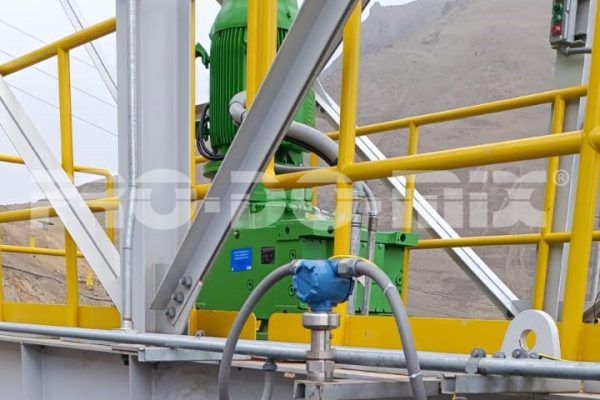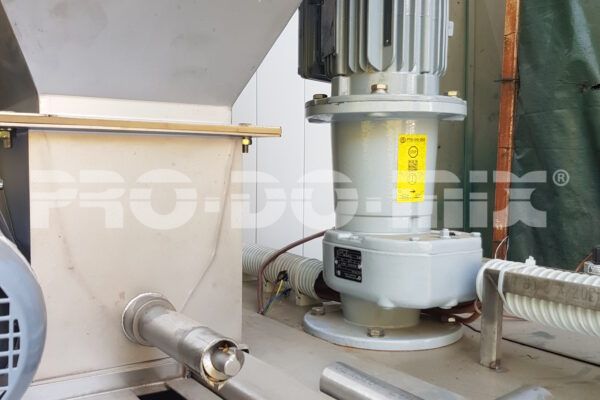

Coagulation and flocculation are two essential phases in the water purification process for municipal and private facilities. These operations contribute to remove the suspended particles and impurities from water, making it safe and compliant with prevailing potability standards.
Coagulation initiates the water treatment process: a coagulant – often aluminum sulfate or polyaluminum chloride (PAC) – is added to the water to promote the formation of flocs, agglomerates of microscopic particles dispersed in the water. Flocculation follows coagulation: water moves into designated flocculation tanks, where it’s gently mixed to facilitate the aggregation of flocs. The aggregated flocs become heavier and easier to separate from the water.
Today, we present the project implemented for the Ain Zada river water purification plant in the Bordj Bou Arreridj province of Algeria—a success story of PRO-DO-MIX® in the North African market.
The Algerian Ministry of Environment and Water Resources turned to PRO-DO-MIX® for the Ain Zada treatment station, boasting a capacity of 1,000 liters per second. The plant had a 108 m3 coagulation tank and two 250m3 flocculation tanks.
We installed a GPL.55282.S.540 vertical agitator in the coagulation tank and four GPR.30302.S.335 / Y agitators, two per tank, for the flocculation tanks. These agitators are specific for flocculation in large tanks. Our impeller 2PM-0650 optimizes flocculation, reducing energy consumption and mechanical stress. This allows the installation of less powerful motors, minimizing maintenance times and costs. The same agitator was adopted in our success story at the Coatzintla water purification plant in Mexico.
Components in contact with the liquid were made of AISI 316L stainless steel, ensuring excellent corrosion resistance, a crucial factor in such applications.
If you are seeking a customized solution for coagulation and flocculation in drinking water treatment plants, you can rely on the experience and success stories of PRO-DO-MIX®.
















